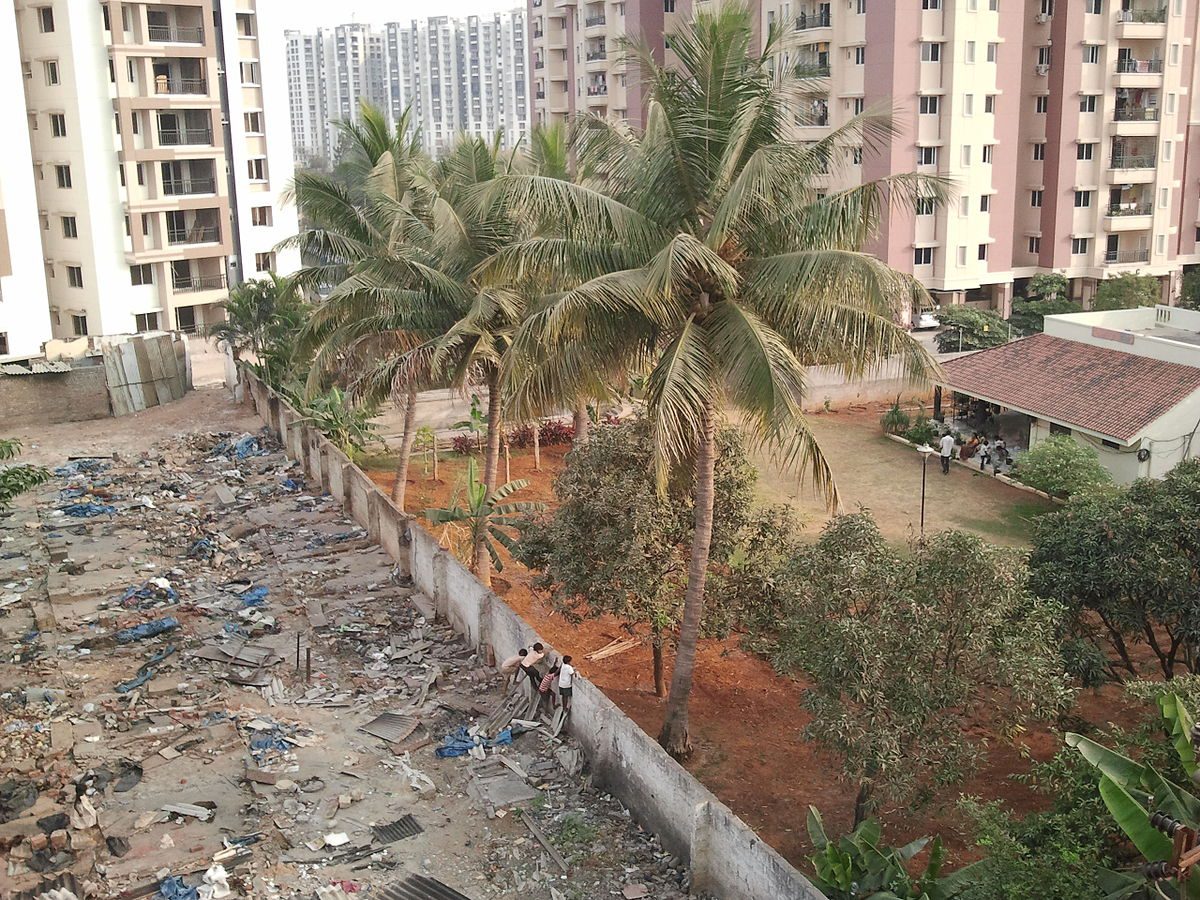Income inequality in India is at its highest since 1992, say Chancel and Picketty and according to Credit Suisse, 2017, India’s richest 1% hold 58% of its wealth. This budget tried to make certain pro-poor reforms, even announcing Eklavya schools for tribals. Is it just paying lip service, asks our Associate Editor, Navodita, in the weekly column, exclusively for Different Truths.
This budget is a populist one – with sops for the agrarian sector and an aim of reviving the healthcare sector across the rural areas in particular. Finance Minister Arun Jaitley announced an ambitious plan to launch ‘the world’s largest government-funded health care programme’ that will benefit 10 crore households.
The proposed National Health Protection Scheme (NHPS) will provide coverage of up to Rs. 5 lakh per family annually to take care of secondary and tertiary care hospitalisation costs. Jaitley reckoned that this will benefit around 50 crore people from poor and vulnerable families. Last year’s budget had a similar announcement that offered a Rs. 1 Lakh cover for 8 crore families, but that’s yet to take off.
 The government’s inability to give away too many goodies were largely due to its fiscal constraints, with this year’s fiscal deficit overshooting the 3.2% of GDP target and likely to touch 3.5% on account of GST-related issues. Instead of a 3% deficit in the coming year, the Centre has settled to target the 3.3% mark, deferring the 3% mark to 2020-21.
The government’s inability to give away too many goodies were largely due to its fiscal constraints, with this year’s fiscal deficit overshooting the 3.2% of GDP target and likely to touch 3.5% on account of GST-related issues. Instead of a 3% deficit in the coming year, the Centre has settled to target the 3.3% mark, deferring the 3% mark to 2020-21.
However, over the last few months it is noticed that there has been a decline in popularity of Modi and his team, not as much because of bad politics but largely because of the hoax of the ‘Gujarat model’ which the party seems to be replicating across different regions too, and wrongly so.
Income inequality in India is at its highest since 1992, say Chancel and Picketty and according to Credit Suisse, 2017, India’s richest 1% hold 58% of its wealth. Also, the country has experienced years of jobless growth since the Modi government was elected in 2014.
Gujarat embarked on a particularly neo-liberal path under the rule of the BJP since 1995. Economic growth has been jobless for the past two decades. Going beyond the pro-market reforms adopted by the national government since the 2000s, the government of Gujarat has wooed large-scale firms with tax incentives; subsidies on capital, interest, and electricity; and the provision of water, nearly free land and natural resources. This has meant the depletion of grazing lands, pastures, and water for rural communities. Investment in the state has been capital-intensive and labour displacing. Medium and small-scale industries, which are the mainstays of relatively equitable economic distribution, have taken a beating in Gujarat. These include ceramics, auto parts, and engineering components. On the other hand, heavily automated large-scale firms have received the largesse of tax exemptions.
Neo-liberal reforms have been accompanied by deepening inequality. In agriculture, this has included  declining investment in public irrigation, throttling rural credit, doing away with minimum support prices, and allowing unregulated price increases in input markets. In the social sector, there have been cutbacks in government employment, the hollowing out of public education and health, and incentivizing private sector development in education. In urban areas, public spaces have been privatised, civic services devolved to private corporations, and ‘renewal’ projects have driven the poor, religious minorities and lower castes to cities’ margins.
declining investment in public irrigation, throttling rural credit, doing away with minimum support prices, and allowing unregulated price increases in input markets. In the social sector, there have been cutbacks in government employment, the hollowing out of public education and health, and incentivizing private sector development in education. In urban areas, public spaces have been privatised, civic services devolved to private corporations, and ‘renewal’ projects have driven the poor, religious minorities and lower castes to cities’ margins.
The 2017 verdict in Gujarat is a reminder that the state is Sangh Parivar’s laboratory in two senses – Hindu communalism and pro-rich growth. It is this very image that Modi has tried to do away with in this budget by trying to make certain pro-poor reforms, even announcing Eklavya schools for tribals. It is the time that truly the government should direct resources and aid towards the poor, sincerely, not just in paying lip service.
©Navodita Pande
Photos from the Internet
#VerdictInGujarat #IndianGovernment #Poor #PublicEducation #Health #Minorities #Caste #EconomicGrowth #FinanceMinister #ArunJaitley #NationalHealthProtectionScheme #FreeLand #PublicSpace #Aamonomics #DifferentTruths







 By
By


 By
By